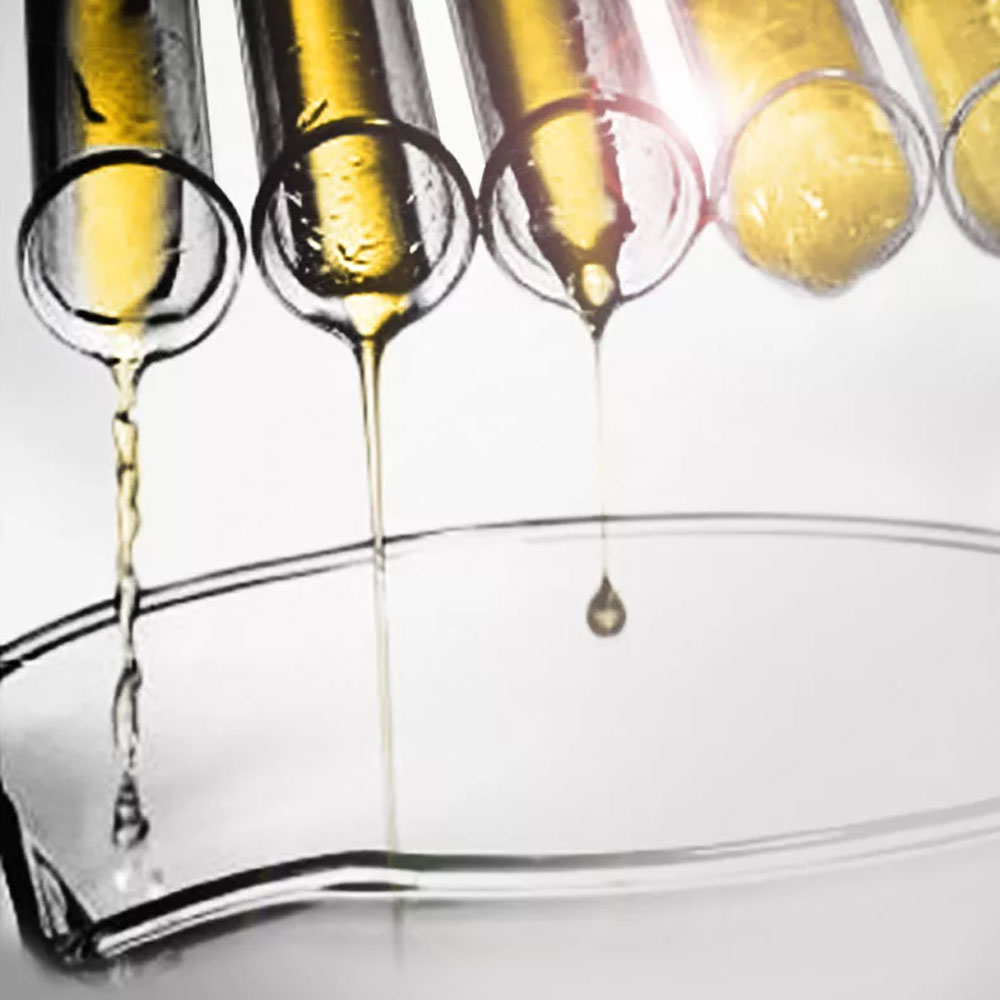Lubricants are essential for the smooth operation of various industrial equipment. However, the low-temperature properties of lubricating oils can be a challenge in cold climates or low-temperature environments. This is where pour point depressants come in. In this article, we will explore what pour point depressants are, how they work, and their role in enhancing the performance of lubricants. We will also look at the latest marketing insights and current practices in the use of pour point depressants.
Introduction
Lubricants are substances that reduce friction and wear between mechanical components in machines. They are essential for the smooth operation of various industrial equipment, including automobiles, aircraft, and marine vessels. However, lubricants can become less effective in low-temperature environments, resulting in increased viscosity, reduced fluidity, and decreased performance. This is where pour point depressants come in.
Pour point depressants are specialized additives that improve the low-temperature properties of lubricants. They are commonly used in automotive lubricants, hydraulic fluids, gear oils, and other industrial lubricants. In this article, we will delve into the world of pour point depressants and explore their importance in enhancing the performance of lubricants.
2. Understanding Pour Point Depressants
Definition and Overview
Pour point depressants are additives that lower the pour point of lubricants, making them flow more easily at low temperatures. The pour point is the lowest temperature at which a liquid will flow. When the temperature drops below the pour point, the liquid becomes viscous and may not flow at all, causing machinery to malfunction. Pour point depressants work by modifying the crystal structure of the wax in lubricants, reducing its size and preventing it from forming a network that obstructs flow.
Types of Pour Point Depressants
There are various types of pour point depressants, including polymethacrylates, styrene esters, and alkylated naphthalenes. Each type has unique chemical properties that affect its performance in different lubricants. For example, polymethacrylates are commonly used in engine oils, while alkylated naphthalenes are preferred in hydraulic fluids.
3. Mechanism of Action of Pour Point Depressants
The mechanism of action of pour point depressants involves modifying the crystal structure of wax in lubricants. Pour point depressants contain long-chain molecules that are attracted to the wax crystals in lubricants. The molecules attach themselves to the surface of the crystals, preventing them from forming a network that obstructs flow. This reduces the size of the wax crystals, allowing the lubricant to flow more easily at low temperatures.
4. Performance Benefits of Pour Point Depressants
Enhancing Low-Temperature Fluidity
The primary benefit of pour point depressants is the enhancement of low-temperature fluidity in lubricants. This allows them to flow more easily and efficiently at low temperatures, reducing the risk of machinery malfunction and improving overall performance. Pour-point depressants achieve this by lowering the pour point of lubricants, as discussed earlier.
Improving Start-Up and Operating Efficiency
Pour point depressants can also improve machinery’s start-up and operating efficiency in cold climates. When the temperature drops, the lubricant can become thicker and less fluid, making it more difficult for the machinery to start and operate. The lubricant maintains its low-temperature fluidity with pour point depressants, enabling the machinery to start and operate more efficiently.
Reducing Wear and Tear
In addition to enhancing fluidity and efficiency, pour point depressants can also reduce wear and tear on machinery components. When the lubricant becomes too viscous or thick, it can cause excessive wear and tear on components due to increased friction. By maintaining low-temperature fluidity, pour point depressants can reduce friction and wear on components, prolonging their lifespan and reducing maintenance costs.
5. Market Analysis of Pour Point Depressants
- Global Market Size and Growth Rate
The global market for pour point depressants is expected to grow significantly in the coming years, driven by increasing demand from various automotive, industrial, and marine industries. According to a report by MarketsandMarkets, the global pour point depressants market was valued at USD 1.4 billion in 2020 and is projected to reach USD 1.9 billion by 2025, growing at a CAGR of 5.4% during the forecast period.
- Key Players in the Market
The pour point depressants market is highly competitive, with several key players operating in the industry. Some of the major players include Chevron Phillips Chemical Company, BASF SE, Clariant AG, Evonik Industries AG, and The Lubrizol Corporation.
- Applications of Pour Point Depressants
Pour point depressants are used in various applications, including automotive lubricants, hydraulic fluids, gear oils, and other industrial lubricants. Automotive lubricants are the largest application segment for pour point depressants, owing to the increasing demand for high-performance lubricants in the automotive industry.
6. Current Practices and Innovations in Pour Point Depressants
Customized Solutions for Specific Applications
As the demand for pour point depressants continues to grow, manufacturers are developing customized solutions for specific applications. This allows them to cater to different industries’ specific needs and requirements, resulting in improved performance and efficiency.
Eco-Friendly and Sustainable Products
Another trend in the pour point depressants market is the development of eco-friendly and sustainable products. With increasing environmental concerns, manufacturers are focusing on developing biodegradable products with a lower environmental impact.
Advancements in Additive Technology
Lastly, additive technology advancements drive innovation in the pour point depressants market. Manufacturers are developing new and advanced additives that can provide better performance and efficiency in low-temperature environments.
Pour point depressants are essential additives that enhance the performance of lubricants in low-temperature environments. They lower the pour point of lubricants, improve fluidity, reduce wear and tear, and improve start-up and operating efficiency. With the growing demand for high-performance lubricants in various industries, the pour point depressants market is expected to grow significantly in the coming years.

